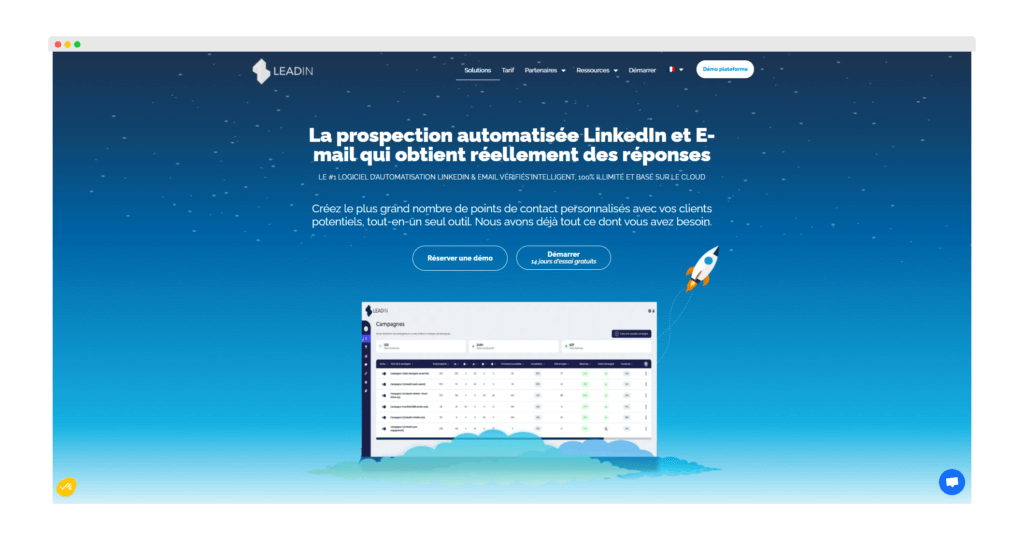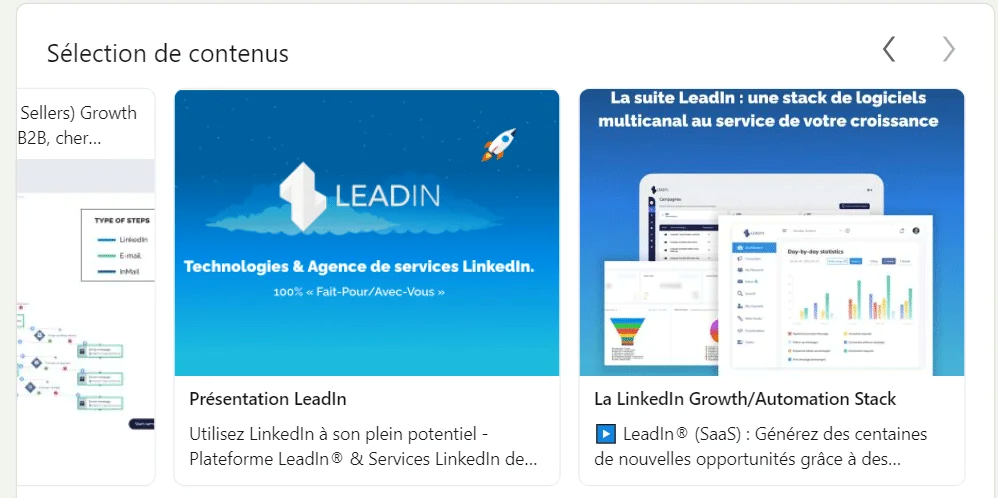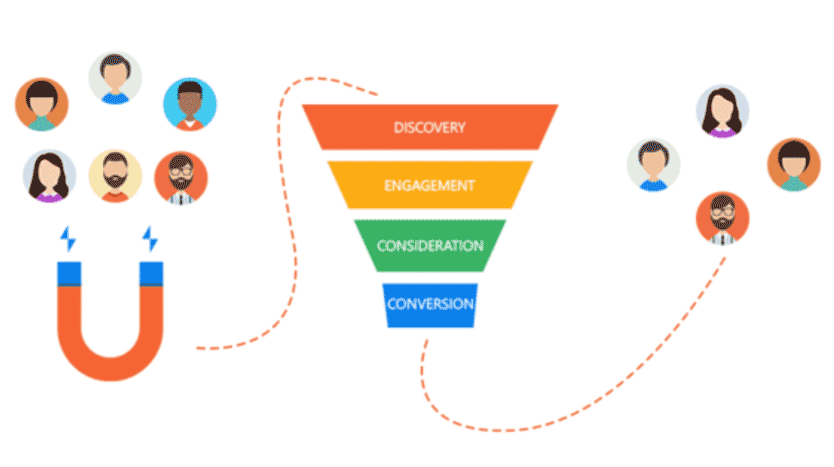In today’s digital landscape, attracting potential customers and converting them into loyal clients has become crucial for the success of any business. Content marketing has emerged as a powerful tool to achieve this goal, enabling businesses to build lasting relationships with their target audience and generate qualified leads.
This comprehensive guide will walk you through the key steps to generating qualified leads through content marketing. You’ll learn how to create relevant and engaging content, optimize your content marketing strategy, and leverage nurturing techniques to convert your leads into customers.
1. Creating Relevant and Engaging Content to Attract Prospects to Your Website

The first step to generating qualified leads through content marketing is to create content that attracts and engages your target audience. This involves understanding the needs, interests, and challenges of your audience and creating content that provides real value to them.
Here are some tips for creating relevant and engaging content:
- Define Your Target Audience: Take the time to understand who your ideal customers are, what their needs and interests are, and on which platforms they spend their time.
- Conduct Keyword Research: Identify the keywords your target audience uses to search for information online and naturally integrate them into your content.
- Create Different Content Formats: Vary your content formats to cater to different learning styles and preferences of your audience. This can include blog posts, infographics, videos, podcasts, webinars, etc.
- Publish Regularly: Establish a regular publishing schedule and stick to it to keep your audience interested.
- Promote Your Content: Share your content on social media, online forums, and via email to increase its visibility.

2. Optimizing Your Content Marketing Strategy to Generate High-Quality Leads
Once you’ve created quality content, it’s important to optimize your content marketing strategy to generate qualified leads. This involves implementing clear and compelling calls to action, capturing prospect information, and tracking the performance of your content.

Here are some tips to optimize your content marketing strategy:
- Set clear goals: Determine what you want your content marketing to achieve, whether it’s increasing web traffic, generating leads, or customer retention.
- Create clear and compelling calls to action (CTAs): Tell your readers what you want them to do, whether it’s downloading an eBook, signing up for a newsletter, or requesting a demo.
- Use lead capture forms: Make it easy to capture prospect information by using short and easy-to-fill lead capture forms.
- Track the performance of your content: Use analytics tools to track the performance of your content and identify what works and what doesn’t.
3. Leverage nurturing techniques to convert leads into customers
Once you have generated leads, it’s important to nurture them to convert them into customers. Nurturing involves building relationships with your leads by providing valuable information and guiding them through the buying process.

Here are some tips to leverage nurturing techniques:
Segment your leads: Divide your leads into groups based on their interests and needs to send more personalized messages.
Automate your nurturing campaigns: Use marketing automation tools to send personalized emails and messages to drive conversions.
FAQ
The most effective type of content for generating leads depends on your target audience and marketing goals. However, some types of content tend to perform better than others, including:
- Blog articles: Well-written and informative blog articles can attract organic traffic to your website and generate qualified leads.
- Infographics: Infographics are visually appealing ways to share complex information and can be very effective for lead generation.
- Videos: Videos are increasingly popular and can be an excellent way to engage your audience and generate leads.
- White papers and eBooks: White papers and eBooks offer more in-depth content and can be highly effective for generating qualified leads.
- Webinars: Webinars are live online events that allow you to showcase your products or services to a broad audience and generate leads.
Once you’ve created quality content, it’s important to promote it effectively to reach your target audience. Here are some tips for promoting your content:
- Share your content on social media: Social media platforms are an excellent way to share your content with a wide audience.
- Submit your content to relevant directories and websites: This can help increase the visibility of your content and attract organic traffic to your website.
- Promote your content via email: If you have an email list, use it to promote your content to your subscribers.
- Use paid advertising: Paid advertising can help you reach a broader audience and generate more traffic to your content.
There are many tools available to help you create, manage, and measure your content marketing campaigns. Here are some of the most popular ones:
- HubSpot
- Marketo
- MailChimp
- Buffer
- Canva
- Google Analytics
- Semrush
Marketing automation tools offer a variety of features to automate your nurturing campaigns, including:
- Lead segmentation: Divide your leads into groups based on their characteristics, interests, and behaviors. This allows you to send personalized and relevant messages to each segment.
- Automated email marketing: Create automated email sequences that will be sent to your leads based on their actions, such as opening an email or downloading an eBook.
- Lead scoring: Assign a score to your leads based on their engagement with your content and interest in your products or services. This allows you to prioritize your nurturing efforts and focus on the most promising leads.
- A/B testing: Test different versions of your emails and messages to identify what works best with your audience.
- Reporting and analysis: Track the performance of your nurturing campaigns and analyze data to identify strengths and weaknesses.
Here are some examples of nurturing automations you can set up to boost conversions:
- Send a welcome email to a new lead.
- Send a follow-up email after downloading an eBook.
- Send a series of educational emails about your products or services.
- Send a reminder email to a lead who abandoned their shopping cart.
- Send a congratulations email to a customer who made a purchase.
Automating nurturing campaigns offers many benefits, including:
- Improved conversion rates: By sending personalized and relevant messages to your leads at the right time, you can significantly increase your conversion rates.
- Time and efficiency savings: Automating repetitive tasks allows you to save time and focus on more strategic tasks.
- Better lead segmentation: Marketing automation tools allow you to segment your leads more precisely and effectively.
- More personalized nurturing campaigns: By sending personalized messages, you can build better relationships with your leads and increase their engagement.
- Better data analysis: Marketing automation tools allow you to track the performance of your nurturing campaigns and identify areas for improvement.
Many marketing automation tools are available on the market. It’s important to choose a tool that meets your needs and budget. Here are some things to consider when choosing a tool:
- Features: What automation features are essential for your needs?
- Ease of use: Is the tool easy to use and set up?
- Integrations: Does the tool integrate with your other marketing tools, such as your CRM and email marketing platform?
- Customer support: Does the tool offer good customer support?
- Price: What is the price of the tool?
Automate your nurturing campaigns with Leadin.fr: The right tool to drive conversion and boost your sales prospecting
Conclusion
Content marketing is a powerful tool for generating qualified leads and growing your business. By creating relevant and engaging content, optimizing your content marketing strategy, and leveraging nurturing techniques, you can attract prospects to your website, convert them into customers, and increase your sales.
Remember that content marketing is an ongoing process. It’s important to regularly publish quality content, track your performance, and adapt your strategy based on your results. With proper effort and planning, content marketing can help you achieve your business goals.
I hope this comprehensive guide has been helpful to you. If you have any questions, feel free to ask them in the comments below.
Additional Resources









